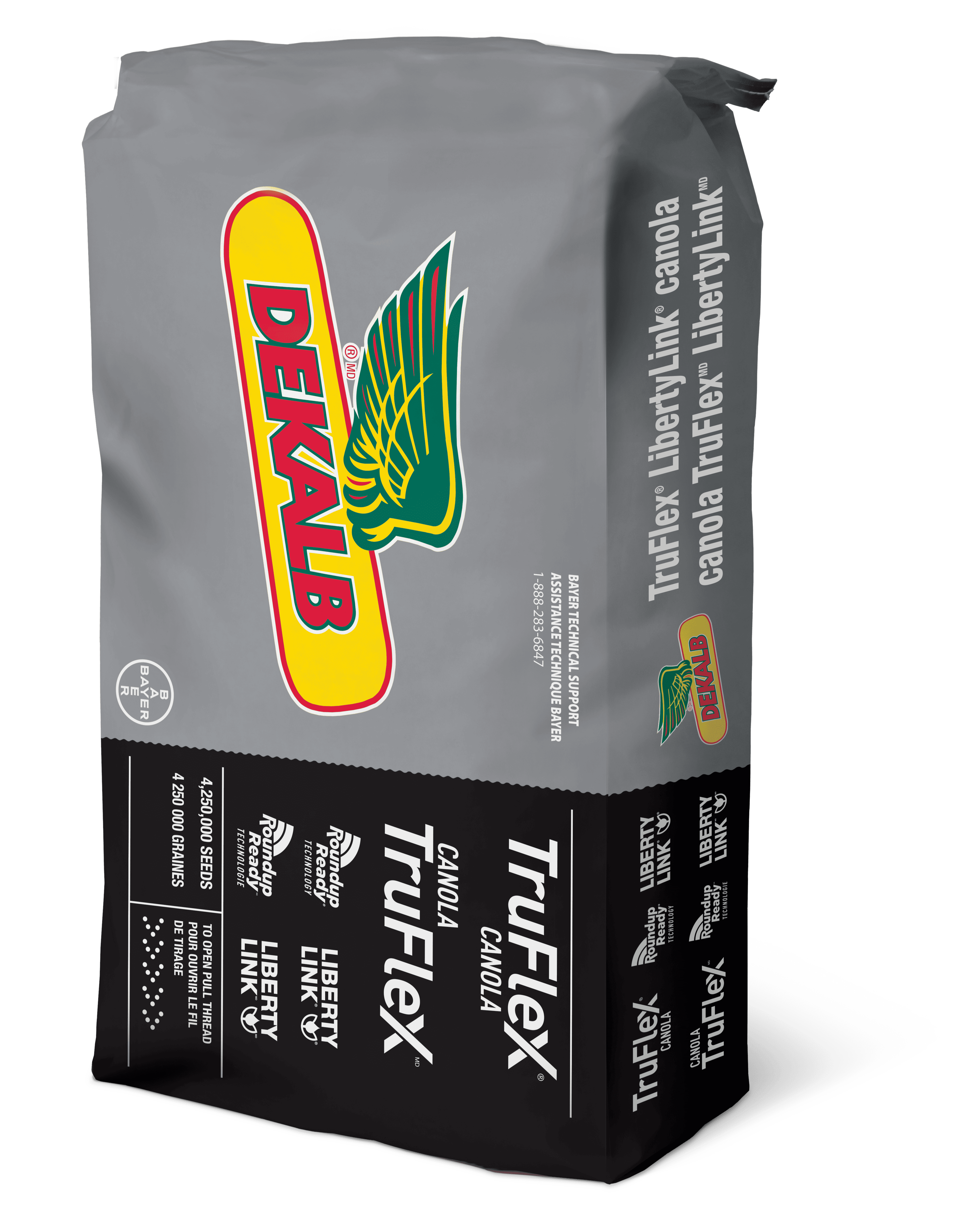Battling Brusone: Combating Pyricularia grisea for healthy crops
Brusone, caused by the fungus Pyricularia grisea, is a devastating disease that affects several important cereal crops worldwide. This fungal pathogen poses a significant threat to rice, wheat, barley, and other grains, leading to yield losses and economic hardships for farmers. However, researchers, farmers, and agricultural companies are actively working together to develop effective strategies and solutions to combat brusone and protect global food security.
Brusone, scientifically known as Pyricularia grisea, is a fungal pathogen that primarily affects cereal crops. It is notorious for its ability to cause severe damage to the reproductive structures of plants, such as grains or spikelets. The disease manifests as dark, necrotic lesions on the leaves, stems, and panicles, with spores appearing as small, light-gray masses. Brusone thrives in warm and humid conditions, making it particularly problematic in regions with favorable environmental conditions for its growth and spread. Other symptoms are:
- Black colour of plant’s trunk
- Necrotic odor
| # | Header | Header |
|---|---|---|
| 1 | Cell content | Cell content |
| 2 | Cell content, 2 lines | Cell content |
| 3 | Cell content | Cell content |
| 4 | Cell content | Cell content |
What you can do with that
- Burrow into seeds and feet on it before germination
- Fed-upon seeds fail to sprout

Impact on crop yield
The impact of brusone on crop yield can be devastating. Infected plants often experience grain sterility, resulting in significant reductions in yield and quality. In severe cases, entire crops can be decimated, leading to food shortages and economic losses for farmers and communities reliant on cereal crops for sustenance and income.
Strategies for Brusone management
Managing brusone requires an integrated approach that combines cultural, chemical, and genetic strategies. Crop rotation, proper field sanitation, and balanced nutrient management are cultural practices that can help reduce the disease's impact. In addition, the use of resistant varieties and timely fungicide applications are essential components of an effective management plan.
Promising research and solutions
Researchers and agricultural companies have been actively engaged in developing resistant crop varieties and innovative fungicides to combat brusone. Through breeding programs, scientists have successfully identified and incorporated resistance genes into new varieties, providing farmers with enhanced resistance against the pathogen. This genetic resistance, combined with effective fungicides, offers a comprehensive solution to managing brusone.
The battle against brusone requires collaboration between researchers, farmers, and agricultural companies. By working together, sharing knowledge, and adopting best practices, the fight against brusone can be strengthened. Agricultural companies like Bayer, for instance, have been at the forefront of developing fungicides that specifically target brusone, providing farmers with effective tools to combat this destructive disease.
Brusone, caused by the fungus Pyricularia grisea, poses a significant threat to cereal crops globally. However, ongoing research, collaboration, and the development of resistant crop varieties and targeted fungicides are providing hope for managing and mitigating the impact of brusone. By implementing integrated management strategies, farmers can protect their crops, safeguard food security, and ensure a more resilient agricultural future.

